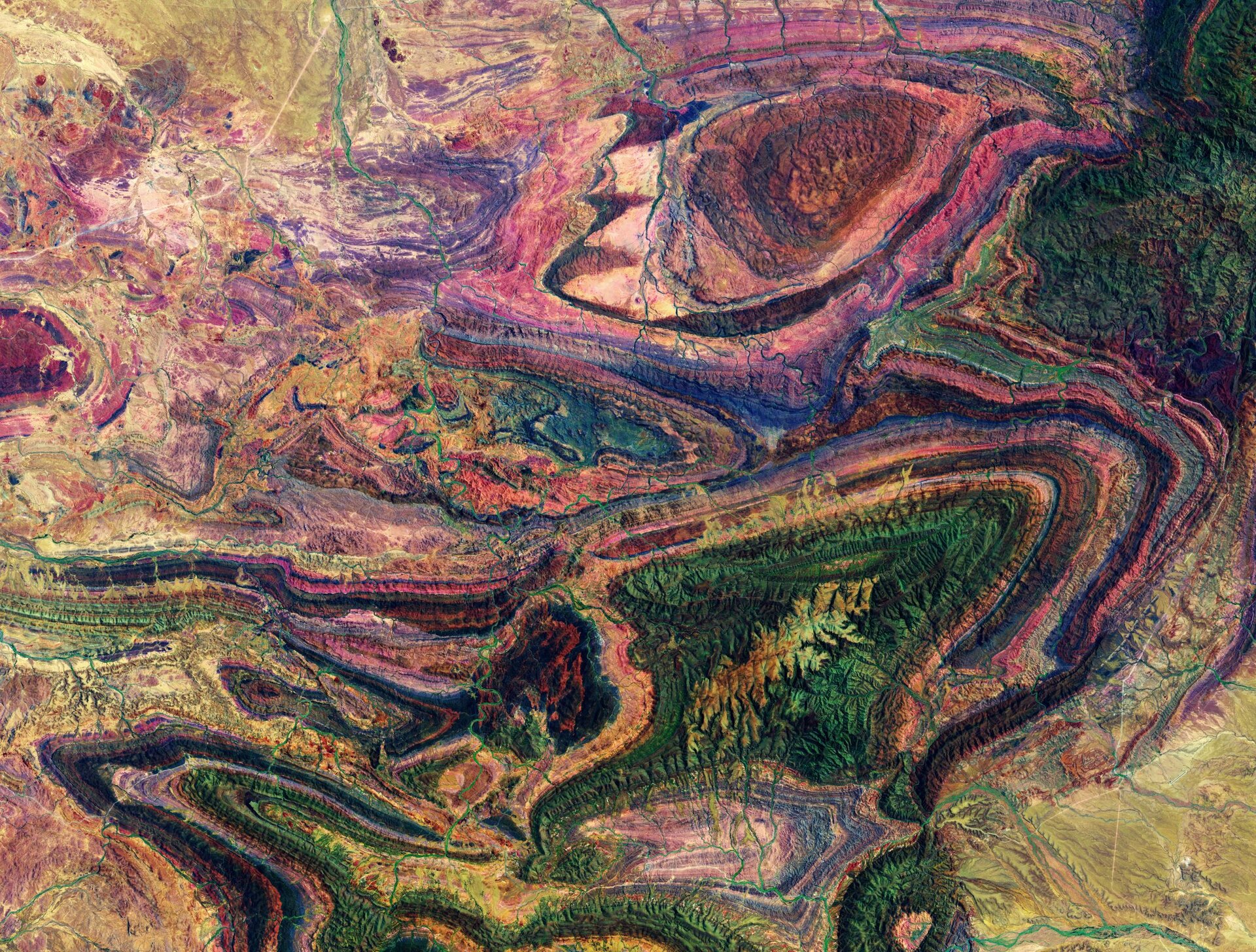Accept all cookies Accept only essential cookies See our Cookie Notice

About ESA
The European Space Agency (ESA) is Europe’s gateway to space. Its mission is to shape the development of Europe’s space capability and ensure that investment in space continues to deliver benefits to the citizens of Europe and the world.
Highlights
ESA - United space in Europe
This is ESA ESA facts Member States & Cooperating States Funding Director General Top management For Member State Delegations European vision European Space Policy ESA & EU Responsibility & Sustainability Annual Report Calendar of meetings Corporate newsEstablishments & sites
ESA Headquarters ESA ESTEC ESA ESOC ESA ESRIN ESA EAC ESA ESAC Europe's Spaceport ESA ESEC ESA ECSAT Brussels Office Washington OfficeWorking with ESA
Business with ESA ESA Commercialisation Gateway Law at ESA Careers Cyber resilience at ESA IT at ESA Newsroom Partnerships Merchandising Licence Education Open Space Innovation Platform Integrity and Reporting Administrative Tribunal Health and SafetyMore about ESA
History ESA Historical Archives Exhibitions Publications Art & Culture ESA Merchandise Kids Diversity ESA Brand Centre ESA ChampionsLatest
Space in Member States
Find out more about space activities in our 23 Member States, and understand how ESA works together with their national agencies, institutions and organisations.
Science & Exploration
Exploring our Solar System and unlocking the secrets of the Universe
Go to topicAstronauts
Missions
Juice Euclid Webb Solar Orbiter BepiColombo Gaia ExoMars Cheops Exoplanet missions More missionsActivities
International Space Station Orion service module Gateway Concordia Caves & Pangaea BenefitsLatest
Space Safety
Protecting life and infrastructure on Earth and in orbit
Go to topicAsteroids
Asteroids and Planetary Defence Asteroid danger explained Flyeye telescope: asteroid detection Hera mission: asteroid deflection Near-Earth Object Coordination CentreSpace junk
About space debris Space debris by the numbers Space Environment Report In space refuelling, refurbishing and removingSafety from space
Clean Space ecodesign Zero Debris Technologies Space for Earth Supporting Sustainable DevelopmentLatest
Applications
Using space to benefit citizens and meet future challenges on Earth
Go to topicObserving the Earth
Observing the Earth Future EO Copernicus Meteorology Space for our climate Satellite missionsCommercialisation
ESA Commercialisation Gateway Open Space Innovation Platform Business Incubation ESA Space SolutionsLatest
Enabling & Support
Making space accessible and developing the technologies for the future
Go to topicBuilding missions
Space Engineering and Technology Test centre Laboratories Concurrent Design Facility Preparing for the future Shaping the Future Discovery and Preparation Advanced Concepts TeamSpace transportation
Space Transportation Ariane Vega Space Rider Future space transportation Boost! Europe's Spaceport Launches from Europe's Spaceport from 2012Latest

Flinders Ranges, South Australia
Thank you for liking
You have already liked this page, you can only like it once!
The many colourful curves and folds of the Flinders Ranges – the largest mountain range in South Australia – are featured in this false-colour image captured by the Copernicus Sentinel-2 mission.
The Flinders mountains are a classic example of a folded mountain range, which are formed when two or more of Earth’s tectonic plates collide – folding and pushing layers of land into mountain ranges.
The formation of the Flinders Range began to form around 800 million years ago, when an ancient sea deposited sediments into the Adelaide Geosyncline basin. Millions of years later, the sediments were folded into mountains, which have since eroded. However, the folded rocks remained and were uplifted to create the landscape as we see it today.
The Flinders Ranges stretches for over 400 km across the Australian outback – from Port Pirie to Lake Callabonna. The first humans to inhabit the Flinders Ranges were the Adnyamathanha people, who have inhabited the range for tens of thousands of years.
The area pictured here shows the Vulkathunha-Gammon Ranges National Park in the Northern Flinders Ranges. The rugged park’s main attractions include deep gorges, chasms and an impressive wilderness. Numerous creeks appear like veins across the entire image, while the straight, white lines visible in the bottom right are dirt roads.
Slightly west of the image pictured here lies the Ediacara Hills, where some of the oldest fossil evidence of animal life was discovered.
The flora of the Flinders Ranges are largely species who have adapted to a semi-arid environment, including sugar gum tree, cypress-pine and mallee. Since the eradication of dingoes in the area, the number of red kangaroos, western grey kangaroos and wallaroos in the mountains has increased.
This image, also featured on the Earth from Space video programme, was captured on 31 December 2019 by the Copernicus Sentinel-2 mission – a two-satellite mission to supply the coverage and data delivery needed for Europe’s Copernicus programme. The image was processed by selecting spectral bands that can be used for classifying geological features.
-
CREDIT
contains modified Copernicus Sentinel data (2019), processed by ESA -
LICENCE
CC BY-SA 3.0 IGO or ESA Standard Licence
(content can be used under either licence)

Earth from Space: Flinders Ranges, South Australia

Flinders Ranges, South Australia

Earth from Space: Flinders

Lake Gairdner















 Germany
Germany
 Austria
Austria
 Belgium
Belgium
 Denmark
Denmark
 Spain
Spain
 Estonia
Estonia
 Finland
Finland
 France
France
 Greece
Greece
 Hungary
Hungary
 Ireland
Ireland
 Italy
Italy
 Luxembourg
Luxembourg
 Norway
Norway
 The Netherlands
The Netherlands
 Poland
Poland
 Portugal
Portugal
 Czechia
Czechia
 Romania
Romania
 United Kingdom
United Kingdom
 Slovenia
Slovenia
 Sweden
Sweden
 Switzerland
Switzerland
























